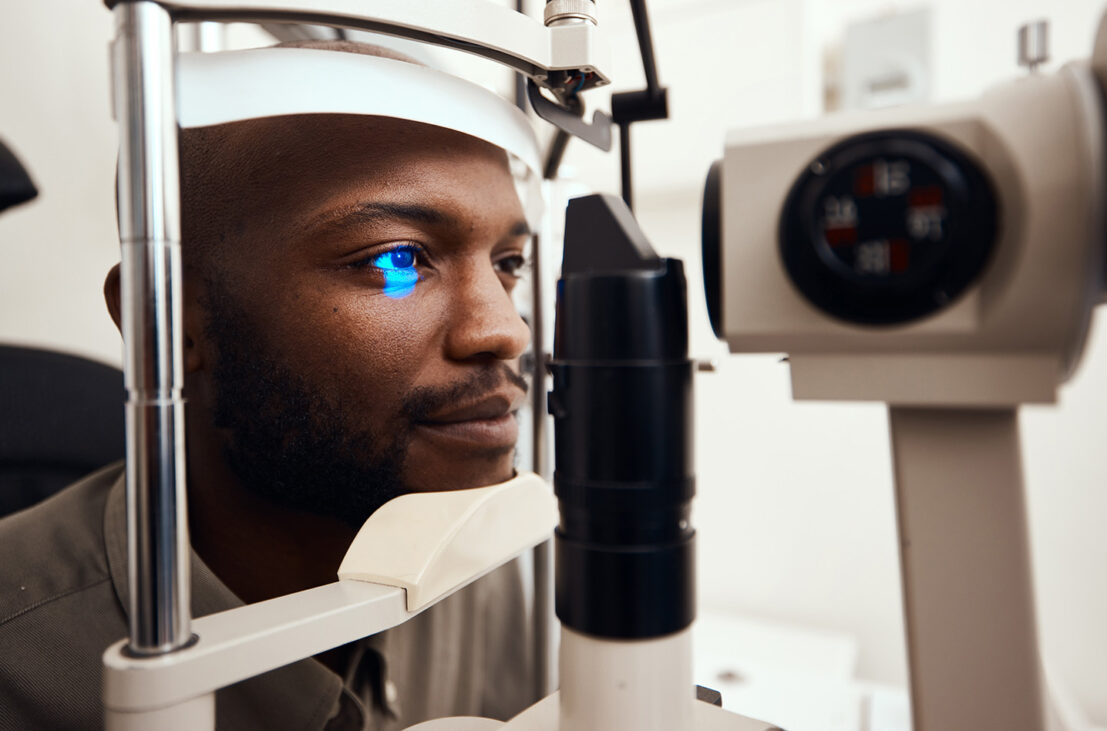
Significant injury resulting from a laser strike is unlikely. Although there have been isolated reports of pilots with visual impairment, almost all of these injuries are temporary. The chance of permanent eye injury (retinal damage) is practically non-existent. The laser source is usually too far away and too random to focus sufficient light on the retina.
The primary risk associated with laser strikes is pilot distraction during a critical phase of flight.
Pilots concerned about retina damage from a laser incident can use a tool to analyze risk called the Aviation Laser Exposure Self-Assessment (ALESA), developed by the British Air Line Pilots’ Association.
Download the Aviation Laser Exposure Self-Assessment (ALESA)
If any visual symptoms persist after landing, pilots should obtain an ophthalmologic examination. However, pain should not be used as an indicator of retinal damage. There are no pain-sensitive nerves in the back of the eye so pain will not necessarily be present. Specialists should be advised that the evaluation should include ophthalmoscopy, visual acuity testing and central visual field testing with the Amsler Grid.
Should pilots consider special eyewear in the cockpit?
The FAA does not recommend use of laser-protective eyewear in civilian operations. Anti-glare glasses dim your view of cockpit instruments and block symbology on multi-function displays (MFDs). To have any protective effect, pilots would have to know in advance the wavelength of the laser and have eyewear specific to that frequency. Pilots also should not rely on ordinary sunglasses – using sunglasses at dusk, night and dawn (when almost all laser incidents occur) could be unsafe.


 International Business Aviation Council Ltd.
International Business Aviation Council Ltd.